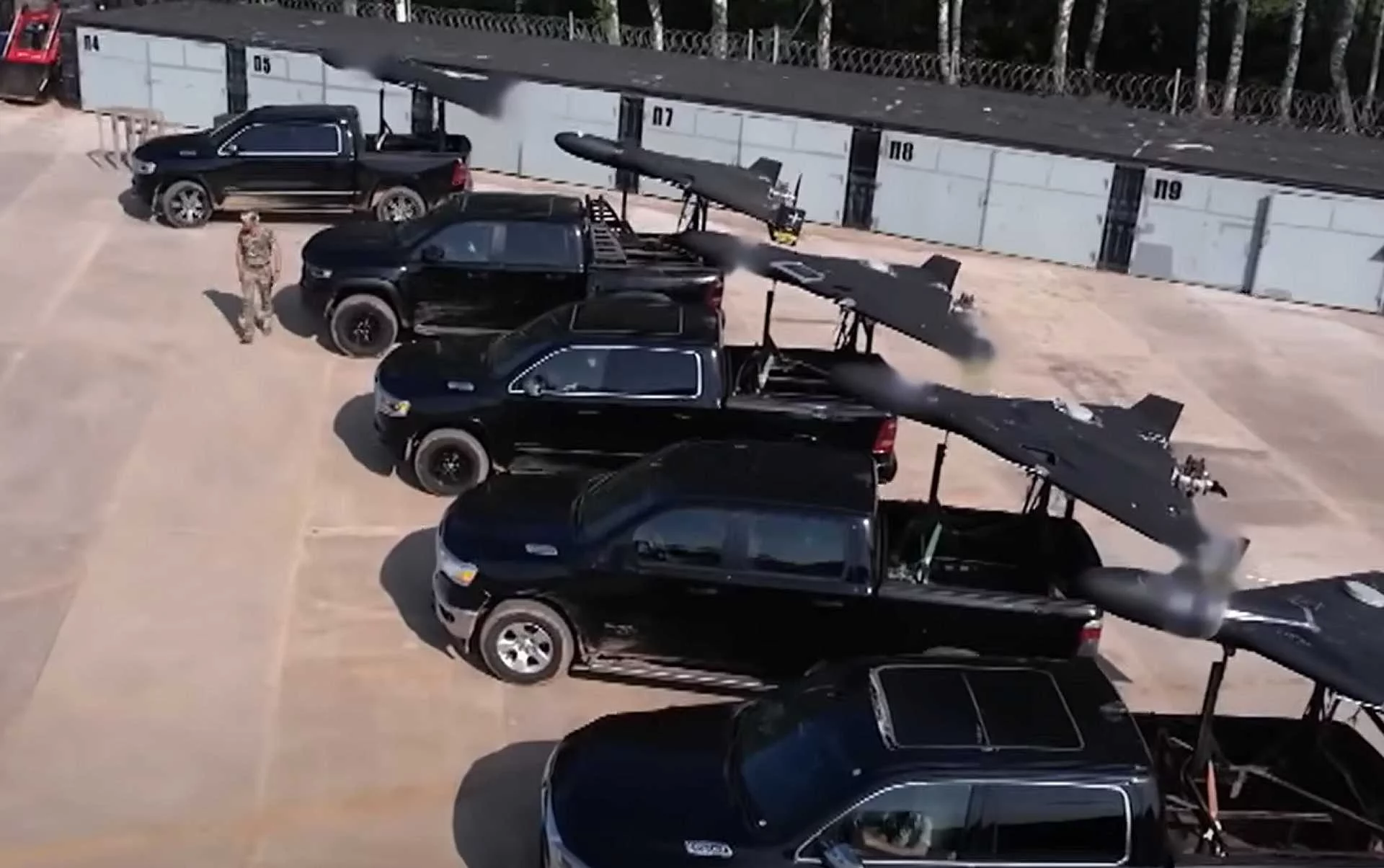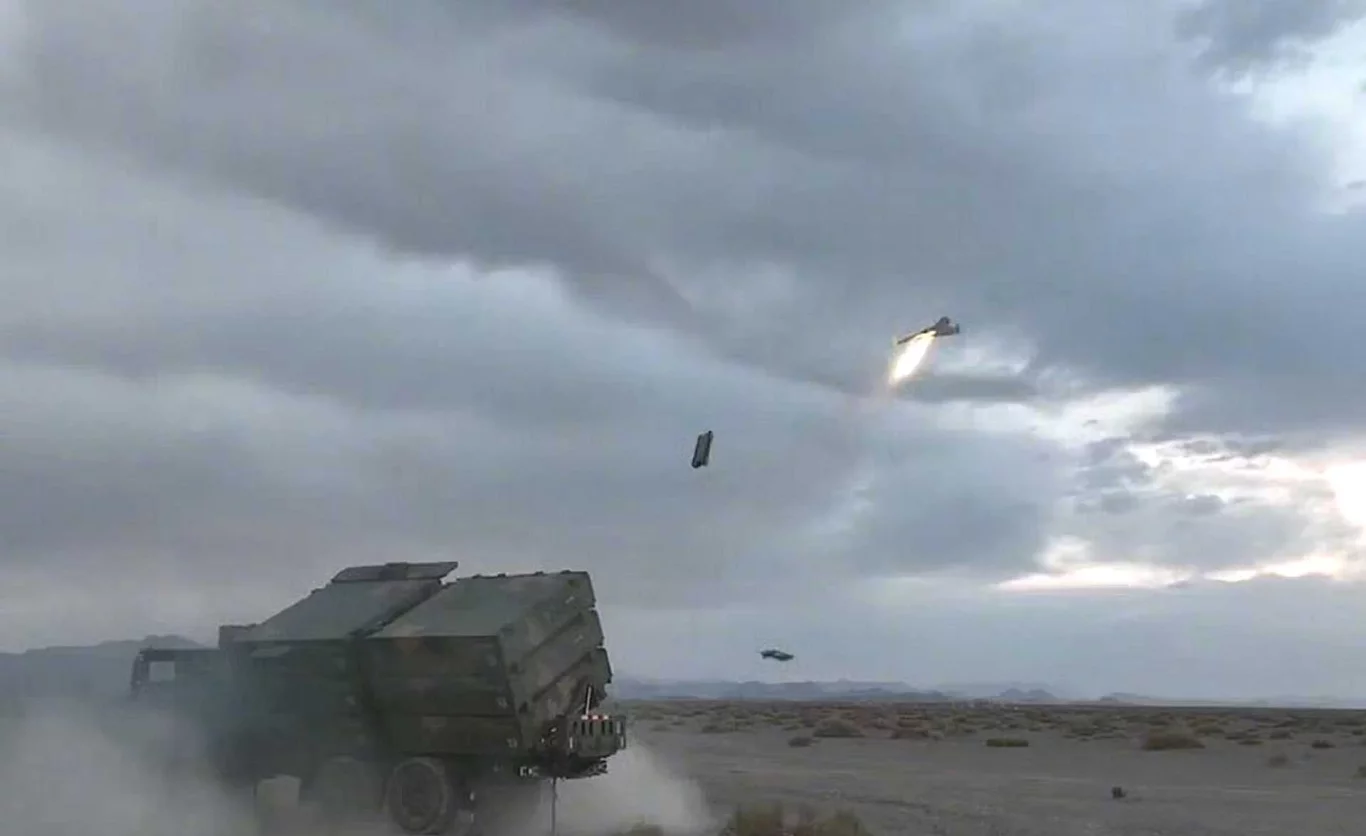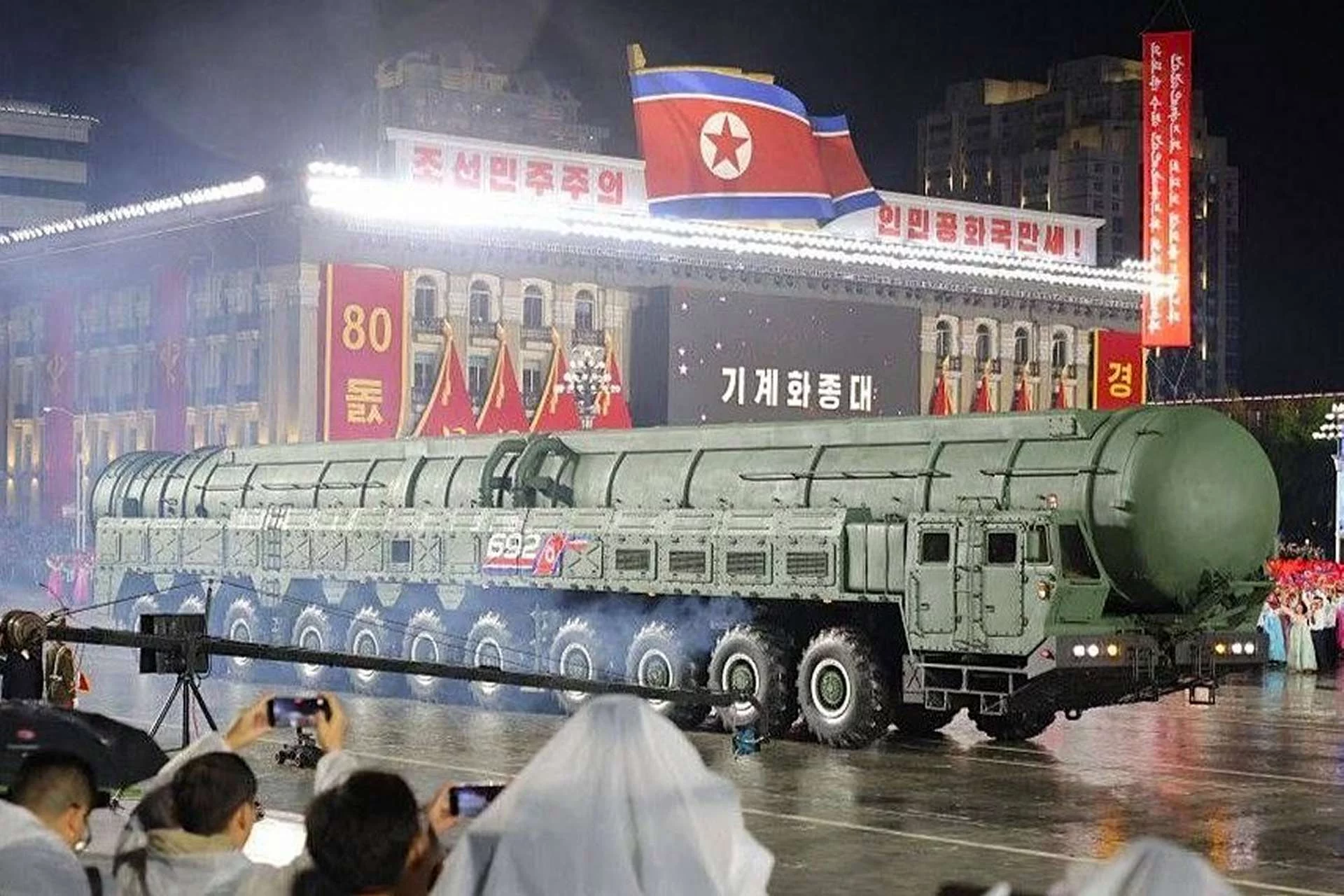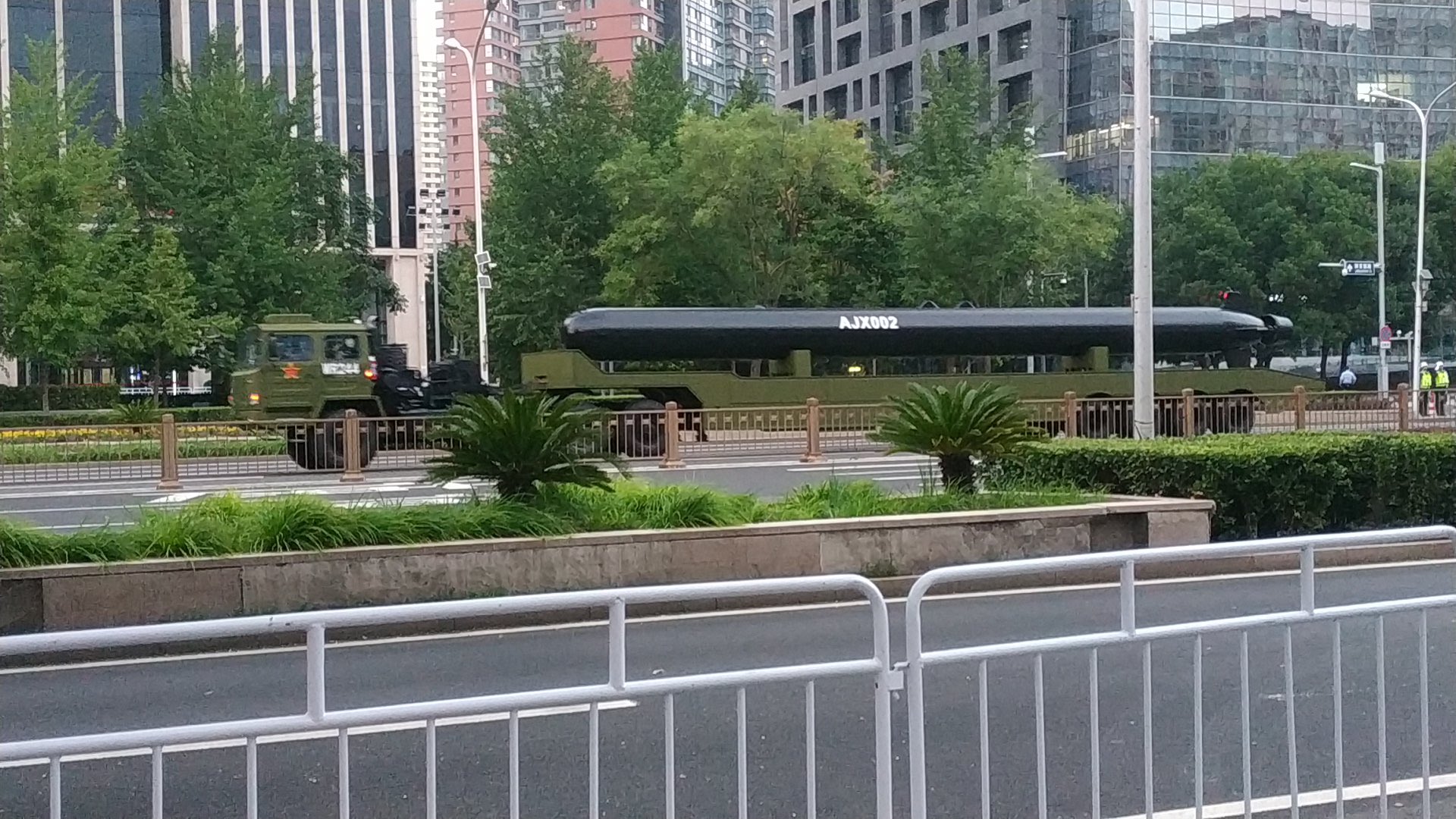Russia has taken a major leap forward in its drone warfare strategy by expanding the production and tactical deployment of its Geran-2 loitering munitions, also known in Western circles as variants of the Iranian-designed Shahed-136. In a recent development revealed through defense intelligence and battlefield imagery, the Russian military has begun integrating these deadly drones with newly designed mobile launcher systems mounted on civilian-style all-terrain vehicles. This shift marks a deliberate and strategic evolution in Russia’s drone tactics, aimed at improving survivability, mobility, and tactical surprise in frontline and rear-area operations.
The Geran-2 has already established a reputation as a low-cost, high-impact weapon system capable of bypassing traditional air defenses by overwhelming radar systems with its sheer numbers. What sets this new advancement apart is Russia’s decision to mount multiple drone launchers—sometimes up to five tubes per vehicle—on modified civilian-looking pickup trucks, utility vehicles, and even agricultural transport chassis. These vehicles have been spotted in operational zones across eastern and southern Ukraine, often camouflaged or disguised to blend in with local civilian infrastructure, making them harder to detect through satellite imagery or aerial reconnaissance.
This strategy effectively transforms seemingly harmless civilian vehicles into deadly mobile drone-launching platforms. It provides Russia with an edge in terms of both strategic deception and operational flexibility. These launchers can be rapidly repositioned across contested territories without raising immediate alarms, which adds an additional layer of complexity to Ukrainian defense efforts. Their light weight and off-road mobility also enable them to be used in rugged terrain and forested areas, avoiding major roads and minimizing exposure to Ukrainian counter-battery systems or airstrikes.
Analysts suggest that this approach not only complicates Ukrainian targeting but also forces them to divert valuable reconnaissance and drone-hunting assets toward scanning ordinary-looking trucks, diluting their ability to focus on conventional military targets. The fusion of civilian platforms with military-grade offensive systems is not a new concept, but the scale and speed with which Russia is deploying it, especially with the Geran-2 drones, shows a deeper doctrinal shift in asymmetric warfare tactics.
Furthermore, satellite images from defense monitoring agencies and open-source intelligence sources confirm that production facilities related to Geran-2 drone assembly have expanded in multiple locations inside Russia. These include industrial hubs far from the frontlines, indicating an effort to scale production while minimizing vulnerability to Ukrainian long-range strikes. The drones, which rely on commercial-grade components for navigation and propulsion, are relatively inexpensive and can be manufactured quickly, making them an attractive option for sustained use in protracted conflicts.
The integration of these new mobile launchers also reflects a broader Russian effort to maintain drone saturation on the battlefield, especially as Ukraine receives advanced Western air defense systems capable of shooting down traditional cruise missiles and manned aircraft. Loitering munitions like the Geran-2 serve a dual role—performing both psychological and physical attacks—by targeting infrastructure, supply depots, and even residential zones to spread panic and disrupt logistics.
International observers have raised concerns over the use of disguised military assets under civilian cover, as it blurs the lines between combatants and non-combatants, potentially violating international humanitarian law. However, in the absence of formal restrictions on the use of loitering drones mounted on non-standard platforms, Russia appears to be capitalizing on a legal and tactical gray area that gives it an asymmetric advantage on the battlefield.
The evolution of the Geran-2 into a highly mobile, stealthily deployed, and mass-produced loitering weapon represents a significant challenge for Ukrainian defenses and raises alarms for NATO planners monitoring the changing nature of drone warfare. As Russia continues to adapt its military-industrial complex and battlefield tactics in response to Western support for Ukraine, systems like the Geran-2 will likely play an even more prominent role in future phases of the conflict.
This development also underscores a broader global trend: the rapid militarization of civilian platforms and the increasing reliance on unmanned systems in modern war zones. With Russia now deploying such systems in high numbers, Ukraine and its allies are under pressure to develop equally mobile and cost-effective counter-drone solutions, or risk being outmaneuvered in an evolving drone-dominated battlefield.




